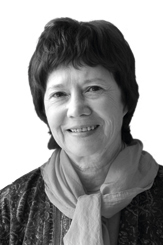'The very best North Yorkshire has to offer': The £25 million Kirkham Estate
With 1,103 acres and on the market for the first time in a century, we've got a new frontrunner for the sale of the year.
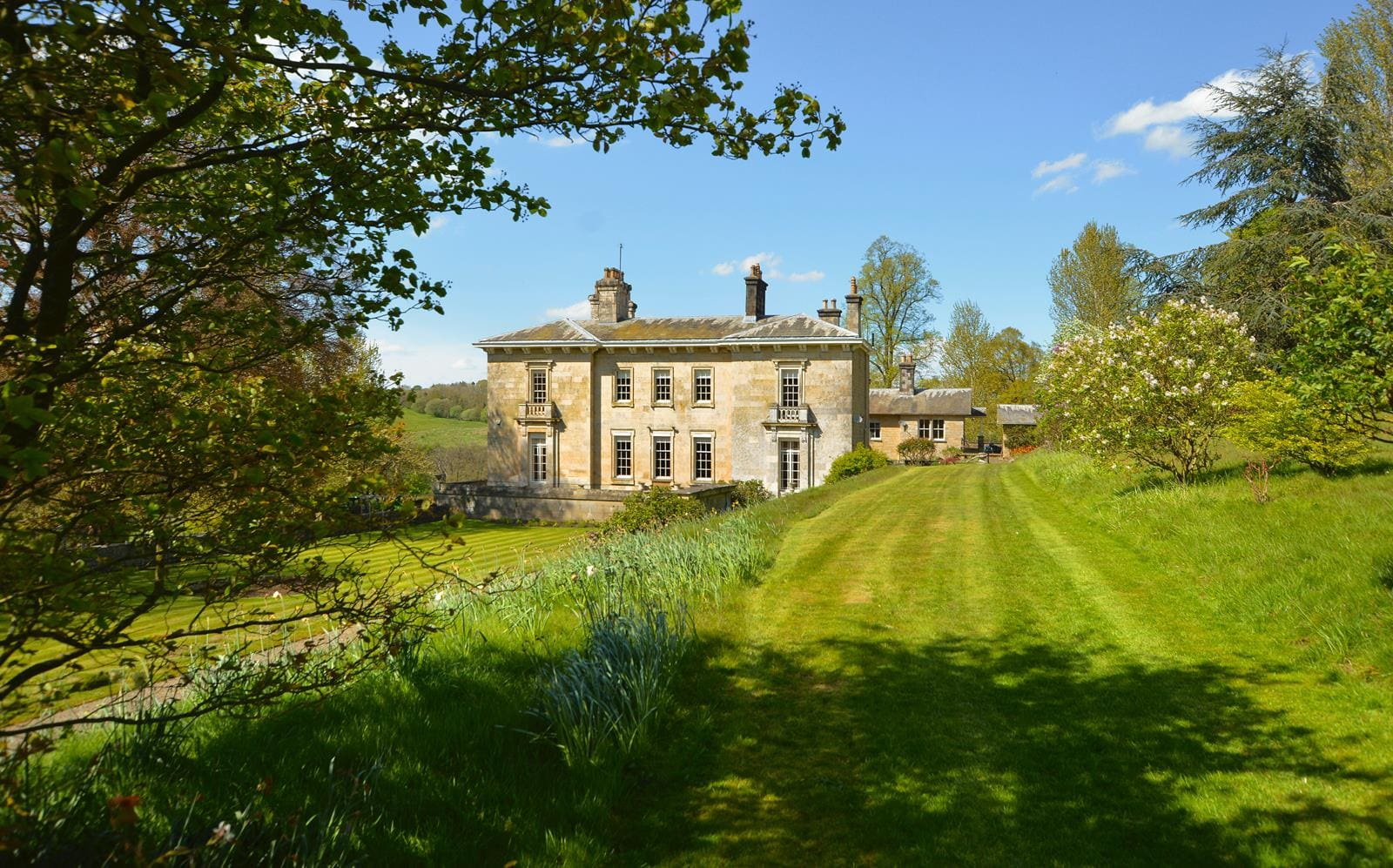

For sale for the first time in more than 100 years, at a guide price of £25 million through the Richmond office of land and rural property agents GSC Grays and Malton-based Rounthwaite & Woodhead, the historic, 1,103-acre Kirkham estate, some six miles from Malton and 14 miles from York, encapsulates the very best that North Yorkshire has to offer.
Located at the eastern edge of the Howardian Hills, a richly varied National Landscape of Jurassic limestone, high-grade farmland and wooded undulating countryside between the Yorkshire Wolds, the North York Moors and the Vale of York, the estate is largely bounded by the majestic River Derwent, which cuts through the deep winding valley of the Kirkham Gorge.

It was here, on the banks of the Derwent, that Walter Espec, lord of the manor of Helmsley, founded the Augustinian Kirkham Priory in 1122. At the Dissolution, Kirkham Priory was surrendered to the Crown and the site sold to a courtier, Henry Knevett. Stone from the ruins was reputedly used for the construction of nearby Howsham Hall in the early 1600s.
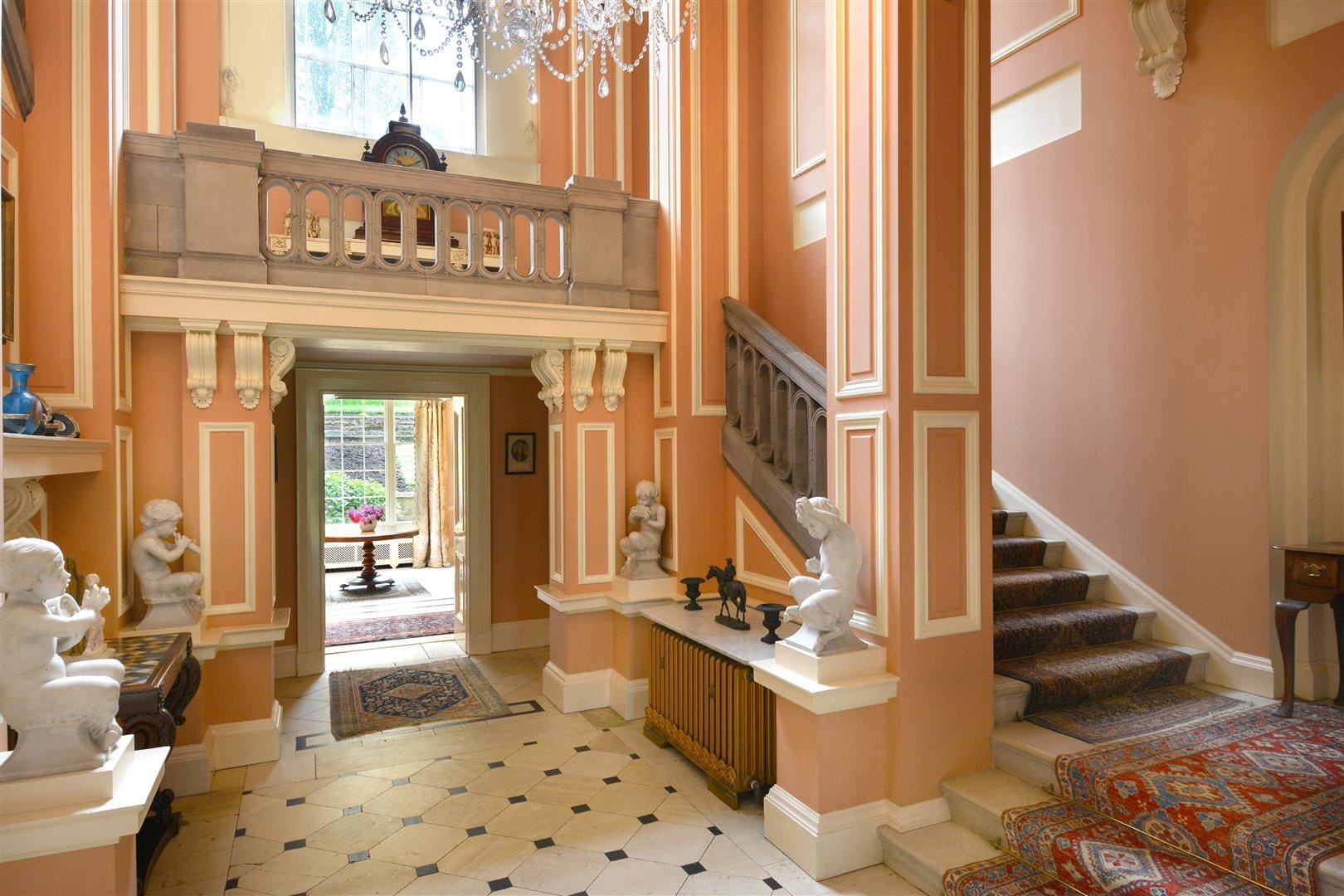
Rediscovery of the priory began in the 19th century, when Sir William St John Hope, a leading authority on medieval monasticism, excavated the east end of the church, by which time the ruins were overgrown with ivy and the cloister laid out as a tennis court.
'Her ambition was to win the Grand National, which she did in 1950 when her horse, Freebooter, an Aintree specialist, carried 11st 11lb to victory'
After the First World War, custody of the ruins was transferred to the Office of Works, a forerunner of English Heritage. During the Second World War, Kirkham Priory was used by the military in training for the D-Day landings. Today, the picturesque abbey ruins, including the spectacular late-medieval gateway, listed Grade I, are still part of the Kirkham estate, although managed by English Heritage, which coordinates public access and is responsible for the maintenance, insurance and security of the site.
In the mid 1920s, Edward Allen Brotherton, 1st and last Baron Brotherton, a pioneering industrialist who developed his Wakefield-based company into one of the largest private chemical companies in the country, bought the Kirkham estate and moved to Kirkham Hall, a striking Italianate house built for the Willoughby family in 1838–39 by Yorkshire architect John Harper. Sir Edward died at the hall in October 1930, leaving the business and the Kirkham estate to his nephew, Charles Frederick Ratcliffe, who changed his name to Ratcliffe-Brotherton the following year.
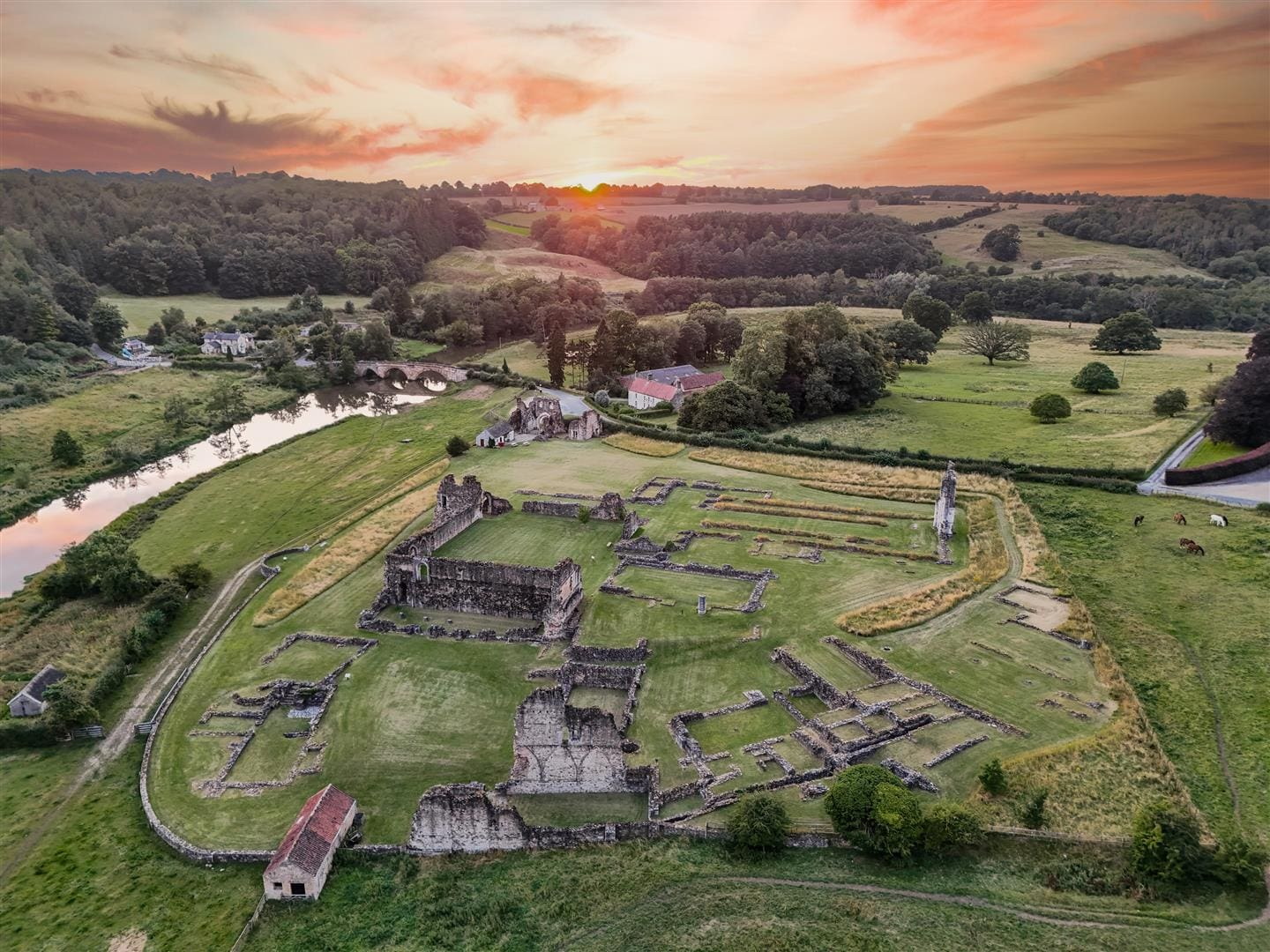
The ruins of Kirkham Priory.
In 1938, Ratcliffe-Brotherton married Lurline Elliot-Pyle. A year later, their daughter, Anne, was born, followed by their son, David, in 1941. Life at Kirkham revolved around hunting and racing and, after the war, Lurline Brotherton teamed up with trainer Bobby Renton to become one of the most successful owners of her era. Her ambition was to win the Grand National, which she did in 1950 when her horse, Freebooter, an Aintree specialist, carried 11st 11lb to victory, with Monaveen, jointly owned by the then Queen and Princess Elizabeth, finishing third. Brotherton was leading jumps owner that season.
Exquisite houses, the beauty of Nature, and how to get the most from your life, straight to your inbox.
She died in 1994, leaving the Kirkham estate to her daughter, Anne Henson. Henson, who died in October 2023, loved the family estate, where she spent the happiest years of her life, regularly entertaining her many friends to parties, poker and bridge nights at Kirkham Hall.
According to selling agent John Coleman, it was Mrs Henson’s wish that the estate, which includes a model farming operation of some 845 acres, more than 215 acres of managed woodland, 11 houses and cottages and three miles of single-bank fishing on the Derwent, be sold as a whole, because, he says, ‘she wanted someone who could afford to live there and love it as she did’.
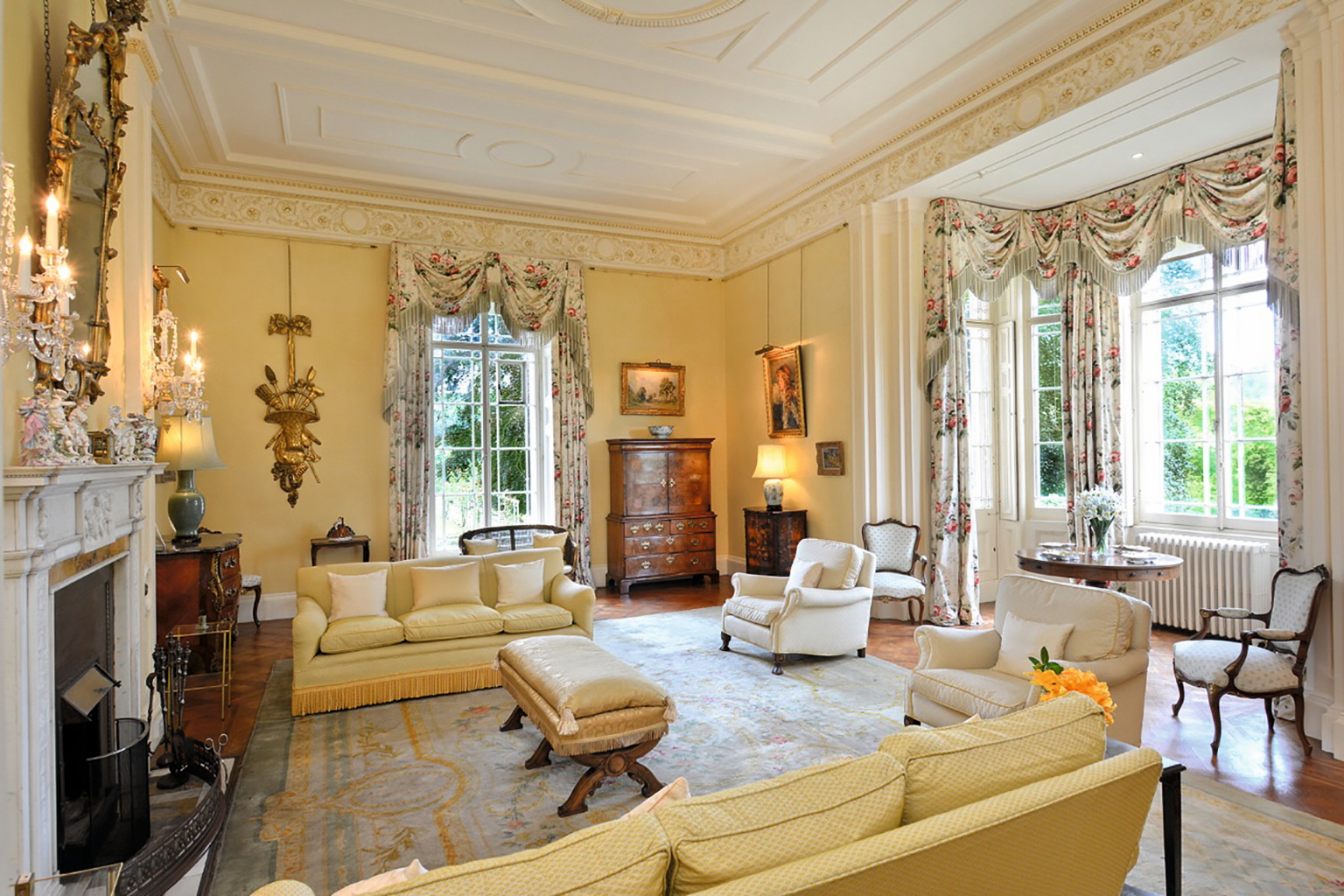
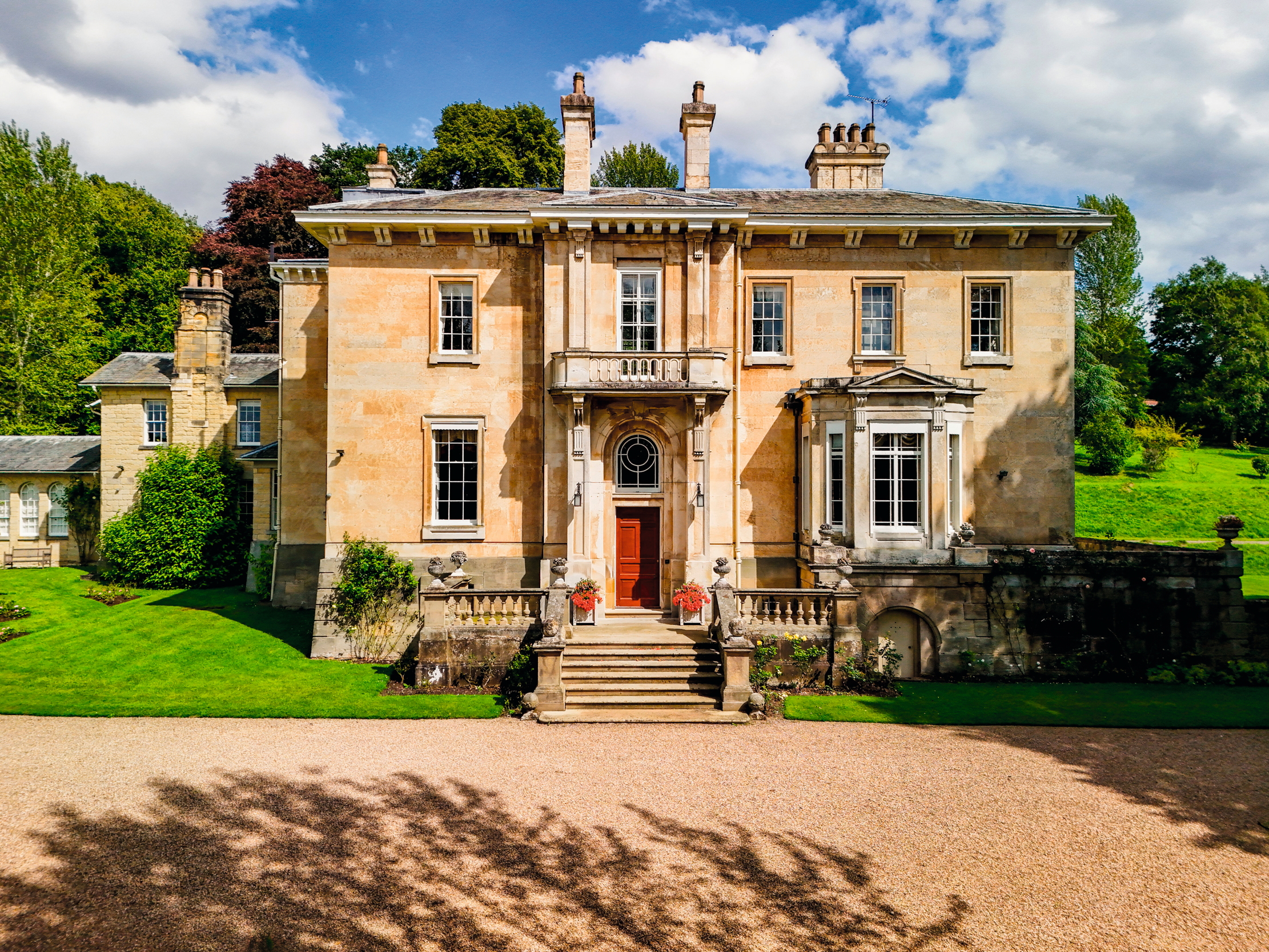
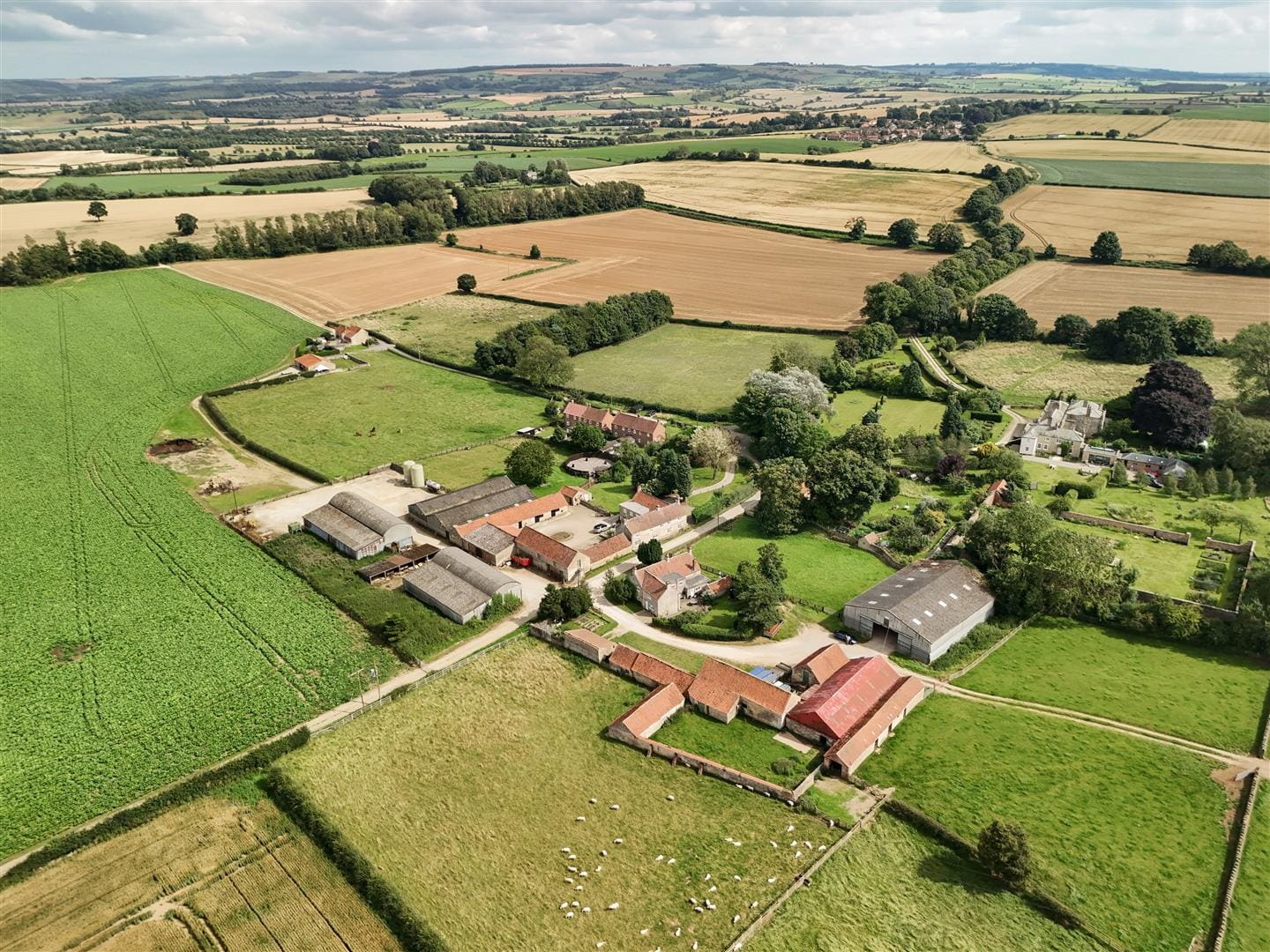
The focal point of the estate is Grade II-listed Kirkham Hall, which faces south-west and looks down over meadows and fishponds to the river in the valley below. The house retains much of its original interior, including an elegant stone staircase and galleried landing, ornate fireplaces, wide corridors and generous proportions throughout.
Approached along a gravel drive lined with copper beech trees, the entrance leads to a spectacular reception hall, lit by a large half-window. The house offers more than 13,900sq ft of accommodation on three floors, with, on the ground floor, four fine reception rooms, a kitchen, breakfast room, cellar, butler’s pantry and office. Four main first-floor bedrooms and four bathrooms are positioned at each corner of the house, whereas the second floor, currently used for storage, could be converted to further guest or children’s bedrooms.
Former staff quarters linked to a large lower-ground floor offer considerable scope for change and a separate one-bedroom apartment at the back of the house could be easily incorporated into the main building, the agents suggest.
The Kirkham Estate is for sale with GSC Grays and Rounthwaite & Woodhead for £25 million.
-
 'Comfortable, cosseting and far from the madding crowd': The recently refurbished Cornish cottage that proves Victorian decor is making a comeback
'Comfortable, cosseting and far from the madding crowd': The recently refurbished Cornish cottage that proves Victorian decor is making a comebackPlum Cottage in Padstow, Cornwall, has been brought to life by Jess Alken and her husband, Ash — and is the latest addition to their holiday cottages on the north Cornish coast.
By Giles Kime Published
-
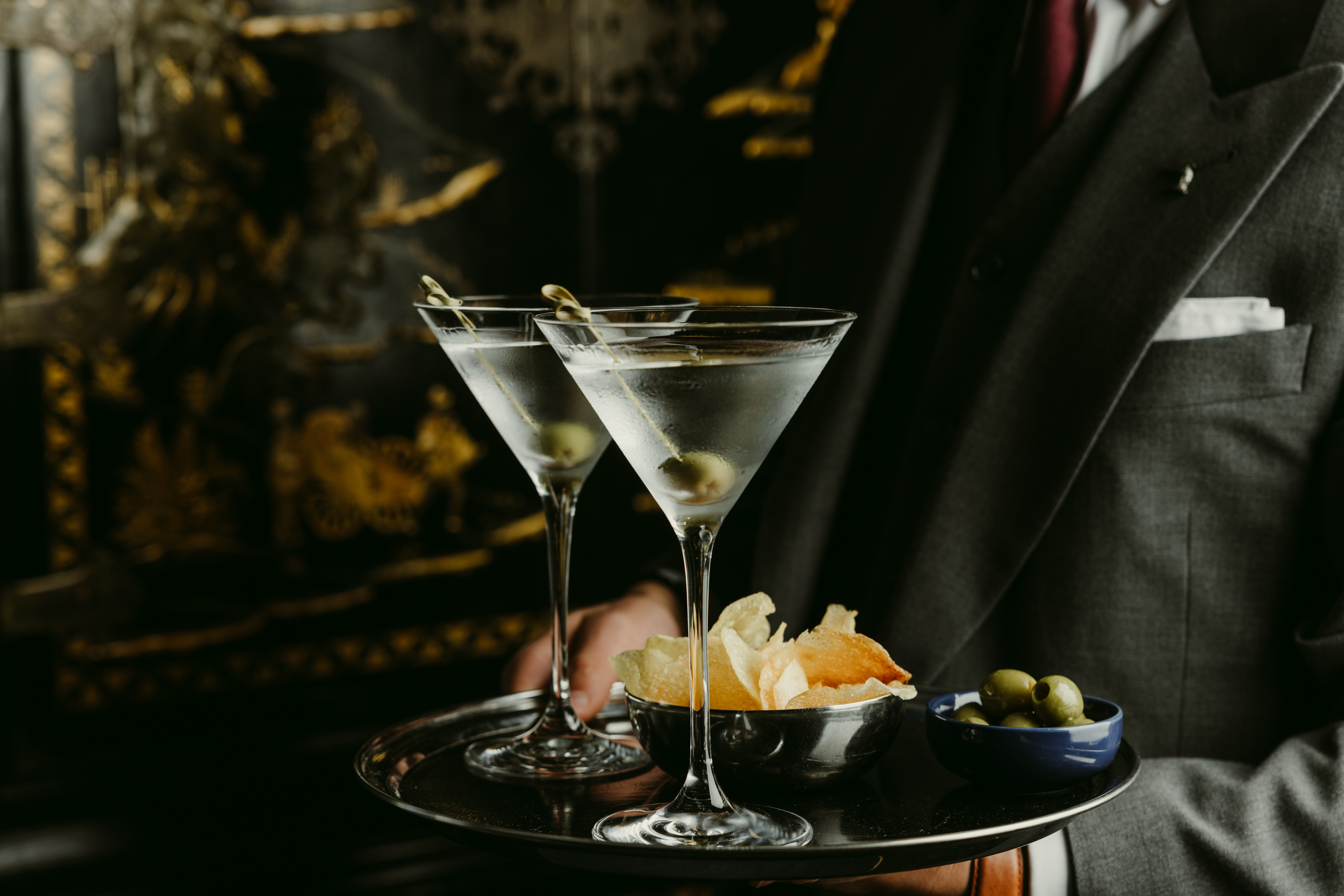 How to make The Connaught Bar's legendary martini — and a few others
How to make The Connaught Bar's legendary martini — and a few othersIt's the weekend which means it's time to kick back and make yourself an ice cold martini — courtesy of The Connaught Bar.
By Rosie Paterson Published
-
 The gorgeous Somerset home of the designer behind one of Glastonbury's chicest spots
The gorgeous Somerset home of the designer behind one of Glastonbury's chicest spotsThe Manor in Hinton Blewitt is a glorious Georgian home that ticks every box.
By Toby Keel Published
-
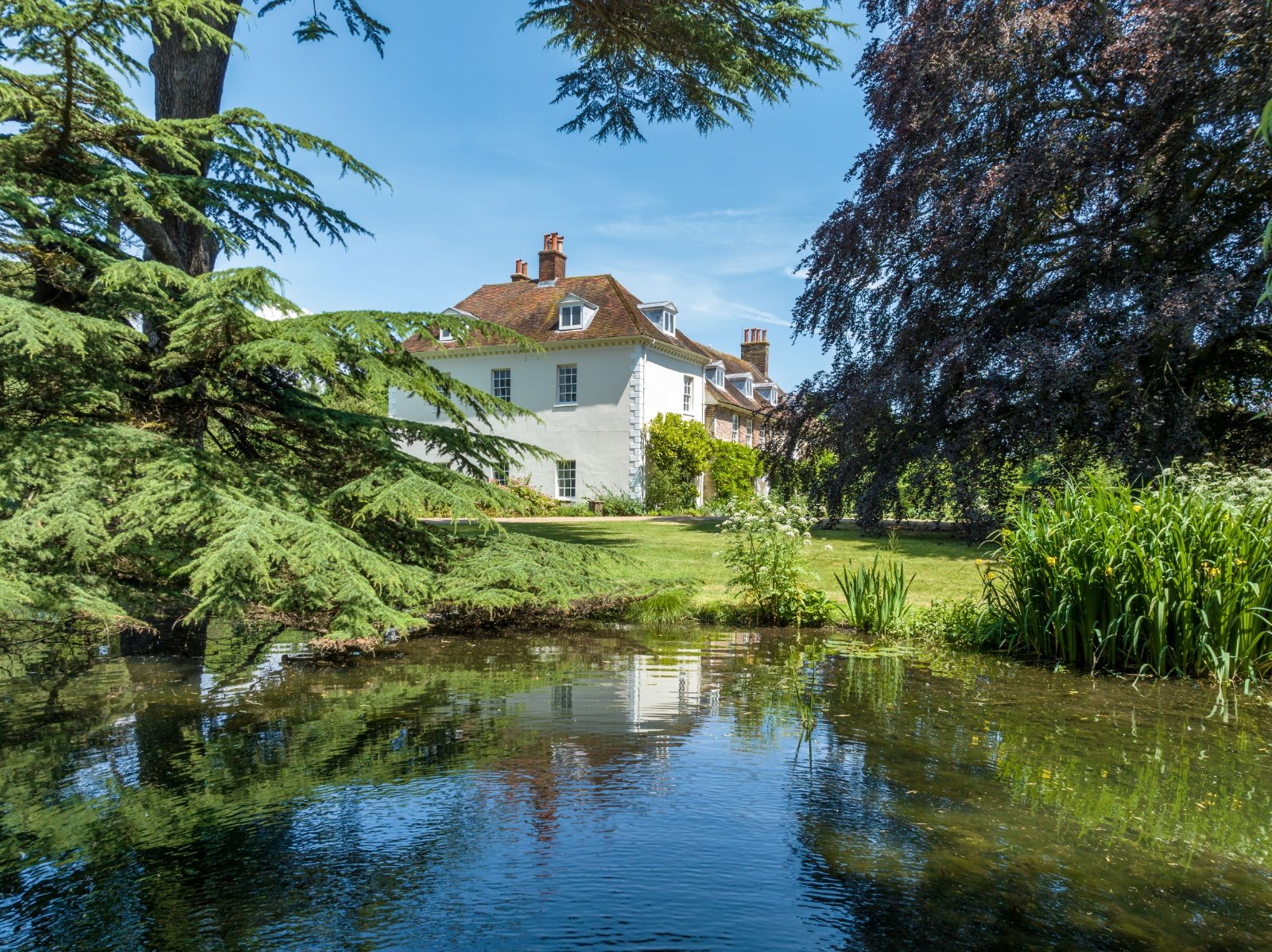 826 years of history, painstaking restoration and 'a garden like no other' at this former National Trust house which has come to the market in Kent
826 years of history, painstaking restoration and 'a garden like no other' at this former National Trust house which has come to the market in KentA blooming property in Kent showcases the original garden of England. Penny Churchill takes a look.
By Penny Churchill Published
-
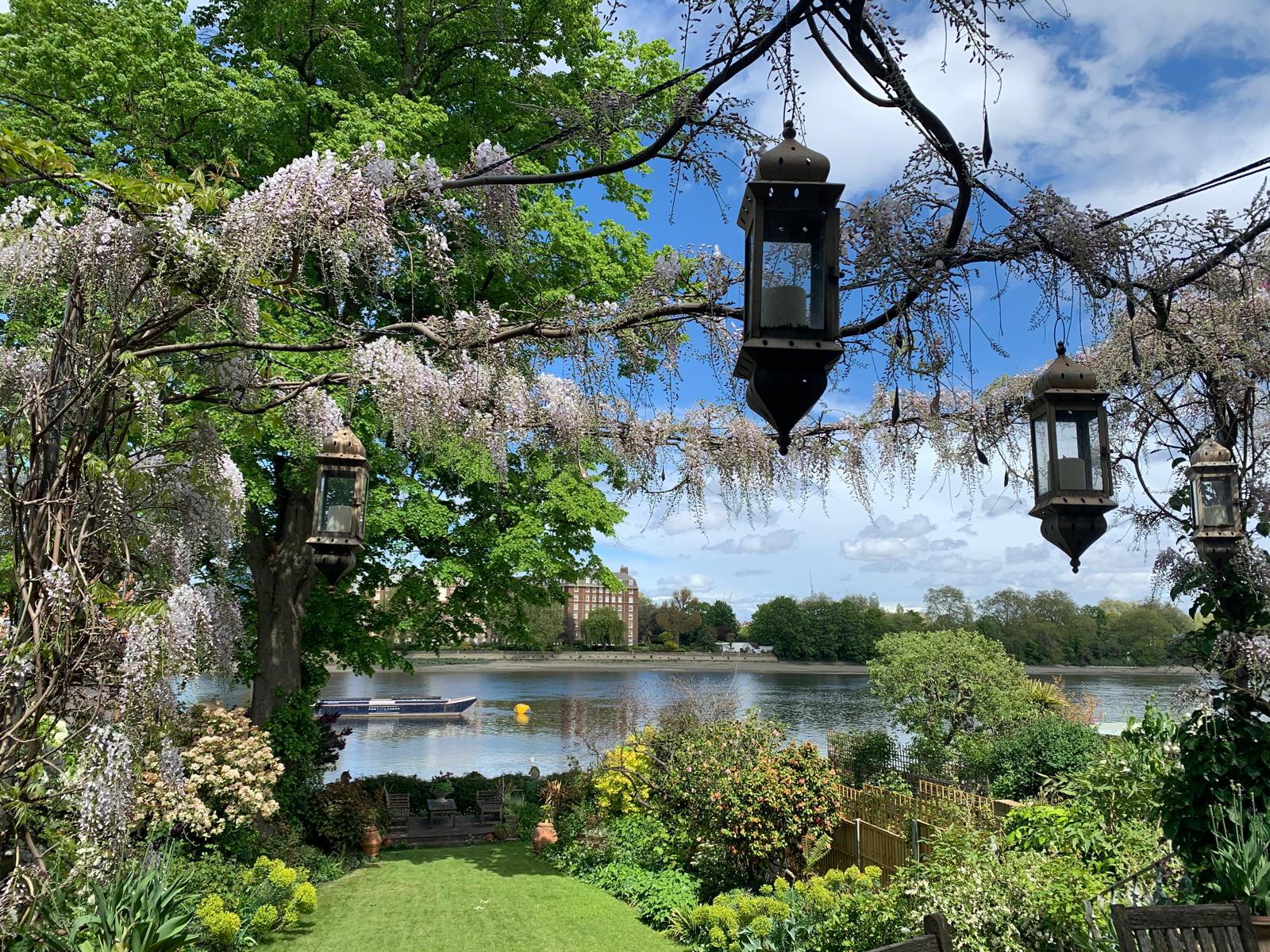 A wisteria-clad delight with lawns running down to the Thames at the prettiest riverside home for sale in London today
A wisteria-clad delight with lawns running down to the Thames at the prettiest riverside home for sale in London todayDeodar Road, near Putney High Street, offers unrivalled views of the Thames and is characterful in excess.
By James Fisher Published
-
 Five of the most majestic properties for sale in Britain today, from a 1,700-acre estate to a private island, as seen in Country Life
Five of the most majestic properties for sale in Britain today, from a 1,700-acre estate to a private island, as seen in Country LifeOur look at the best homes to come to the market via Country Life this week includes some genuinely breathtaking places.
By Toby Keel Published
-
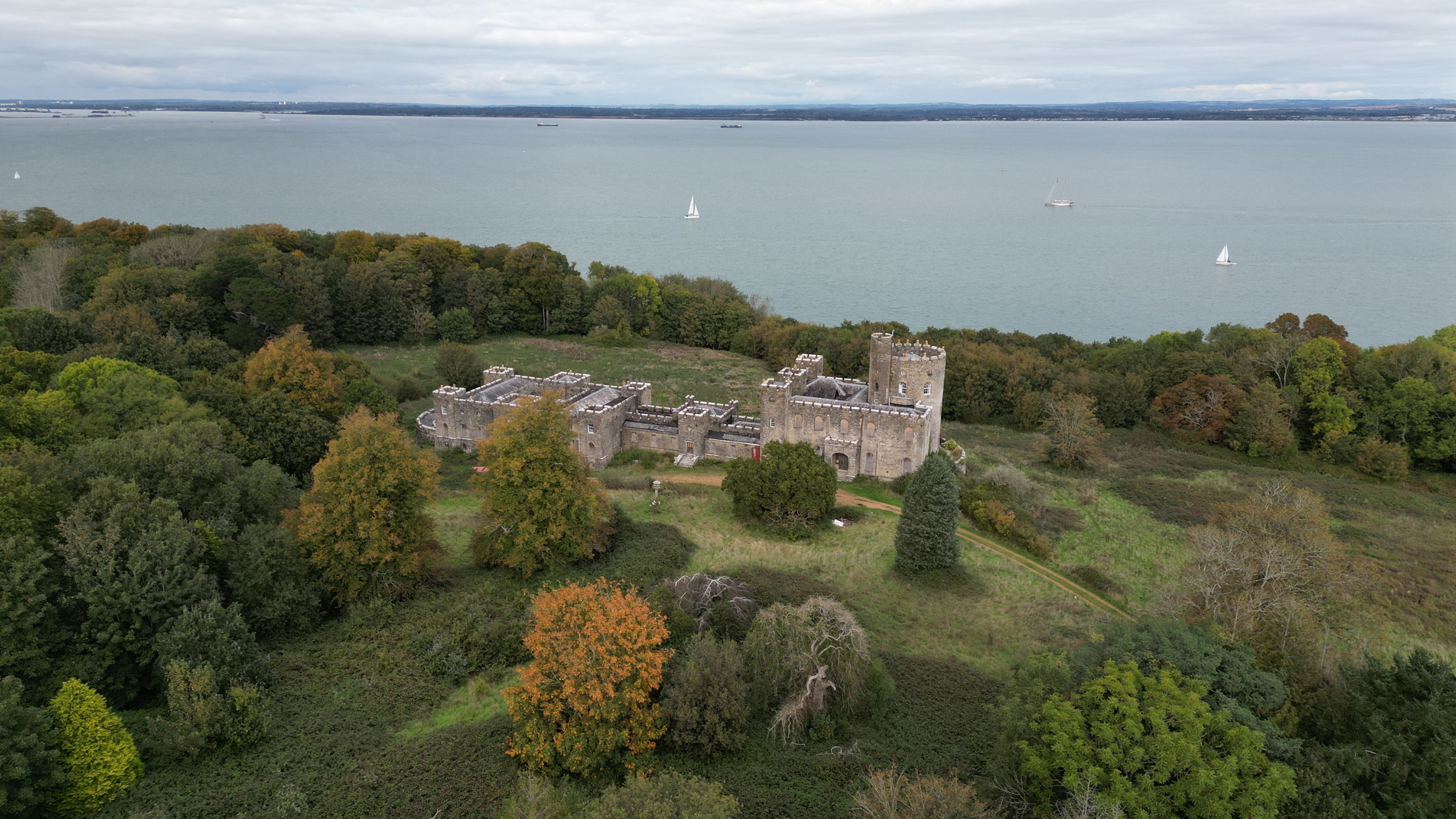 Save me: A castle on the Isle of Wight designed by James Wyatt is up for sale
Save me: A castle on the Isle of Wight designed by James Wyatt is up for saleNorris Castle Estate also comes with 225 acres of gardens and grounds, and needs a little TLC
By James Fisher Published
-
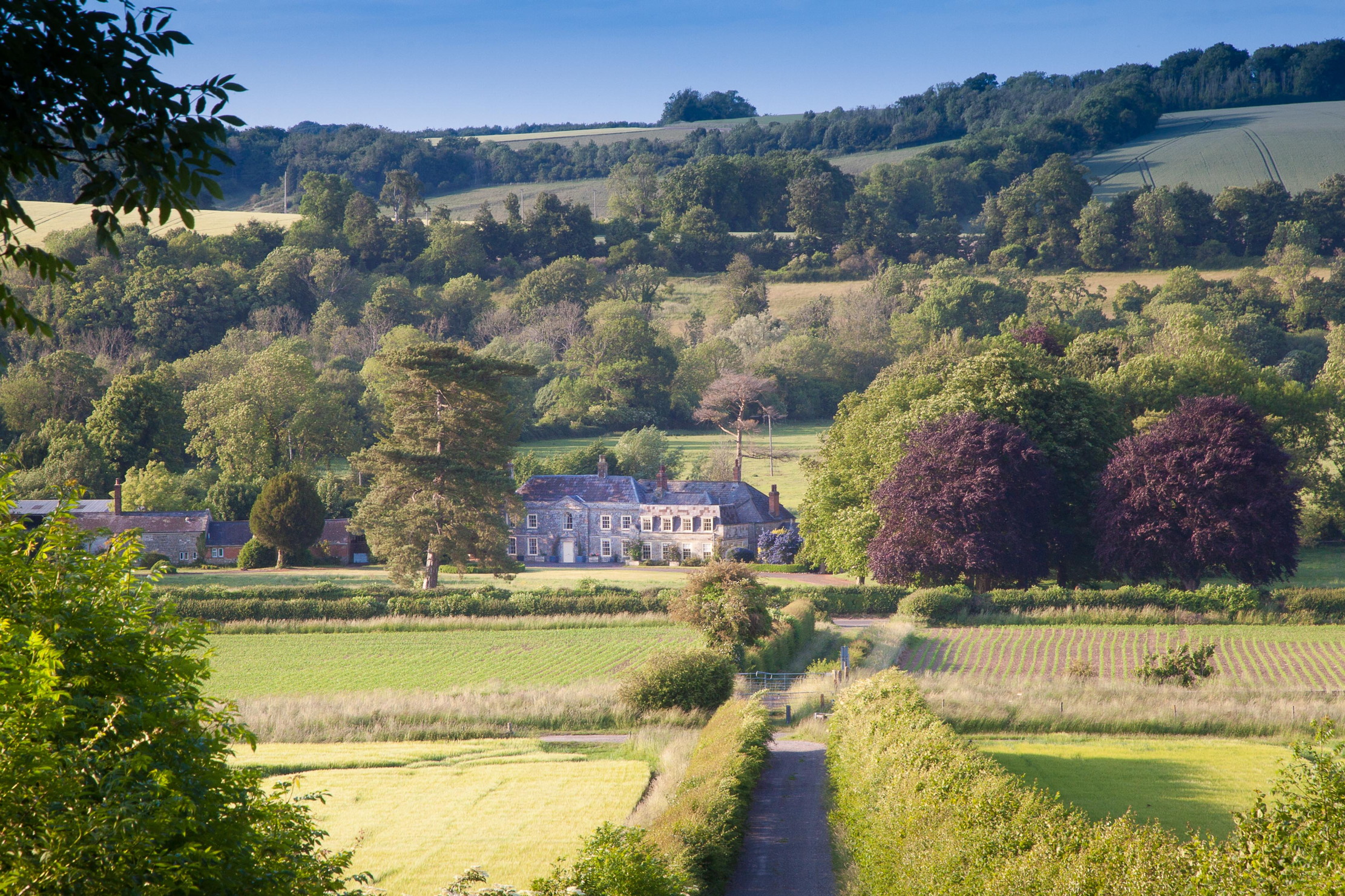 The 1,800-acre estate of the man who bought Stonehenge has come up for sale at £25 million
The 1,800-acre estate of the man who bought Stonehenge has come up for sale at £25 millionThe Bapton Manor Estate, in the beautiful Cranborne Chase National Landscape, seeks a new owner. Penny Churchill takes a look.
By Penny Churchill Published
-
 A meticulously restored Scottish estate for sale, dripping with history, character and wildlife
A meticulously restored Scottish estate for sale, dripping with history, character and wildlifeThe Craigengillan Estate in Ayrshire sits in 2,850 acres above the valley of the River Doon.
By Penny Churchill Published
-
 Sir Michael Caine's former home on the Thames is a testament to idyllic living and good taste
Sir Michael Caine's former home on the Thames is a testament to idyllic living and good tasteAt Rectory Farm House, luxury and modern convenience blend seamlessly with rural England. Is this the house that Jaws 4 built?
By James Fisher Published

